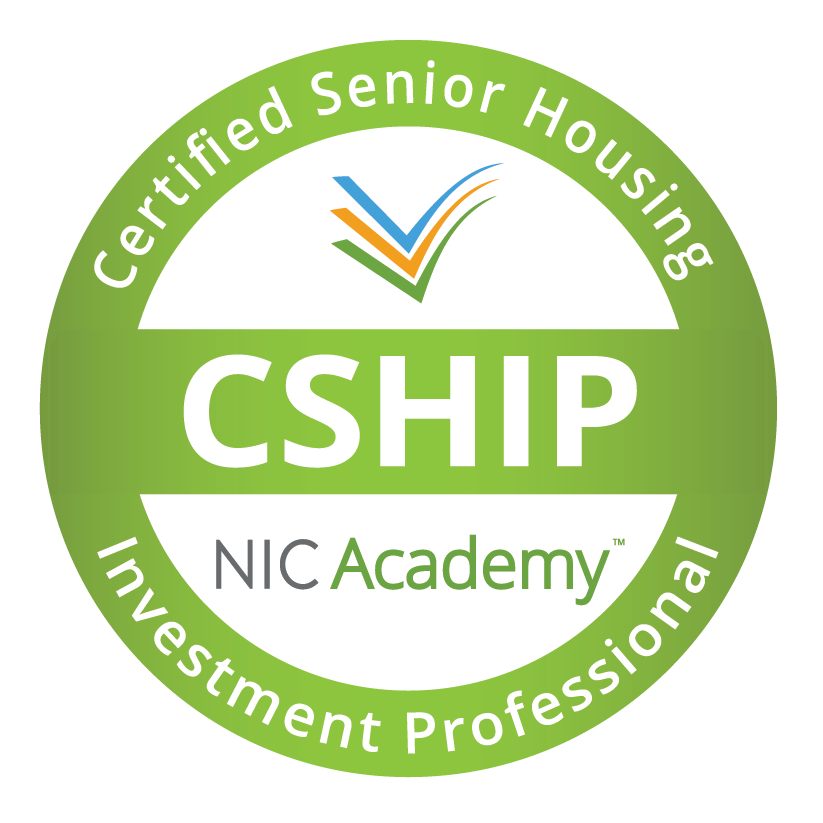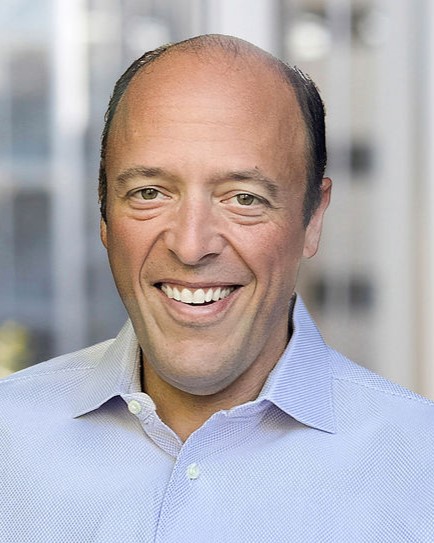The senior housing market appears well-positioned for a steady and ongoing recovery, with occupancy levels expected to reach/exceed pre-pandemic levels in 2024, barring unforeseen challenges.
Demand. According to third quarter 2023 NIC MAP® data, released by NIC MAP Vision, senior housing demand, as measured by the change in occupied units, continued to outpace new supply, marking its ninth consecutive quarter of growth with a net absorption gain for the NIC MAP Primary Markets of 7,853 units or 1.3% from the prior quarter and 24,627 units or 4.3% from year-earlier levels. Senior housing occupied stock is now 2.6% or 15,026 units above the pre-pandemic 1Q 2020 level.
Supply. In the third quarter of 2023, the inventory of senior housing properties in the NIC MAP Primary Markets increased by 0.4% or 2,806 units from the prior quarter and 1.3% or 9,230 units from year-earlier levels. Additionally, within the NIC MAP Primary Markets, construction starts continued to be limited compared with pre-pandemic levels. Notably, over the four-quarter period ending in the third quarter of 2023, senior housing starts totaled 11,133 units, marking a level not seen since 2012 and representing less than half of the starts reported during the four quarters of 2019.
AIV Ratio. The AIV (Absorption-to-Inventory Velocity) ratio for senior housing in the third quarter of 2023 remained above the AIV threshold and stood at 28:10 for the NIC MAP Primary Markets, which implies that for every 10 newly added units, 28 were absorbed. This indicates that the senior housing market has been able to absorb a significantly higher number of units than were added during the third quarter of 2023.
Occupancy. As a result of this trend of positive demand coupled with a moderate pace of new supply and reflected in the recently strong absorption-to-inventory velocity ratio, the senior housing all-occupancy rate for the NIC MAP Primary Markets increased for the ninth consecutive quarter to 84.4% in the third quarter 2023, up 0.8 percentage points (pps) from the prior quarter. From its time series low of 77.8% in second quarter 2021, occupancy increased by 6.6pps but remained 2.7pps below pre-pandemic first quarter 2020 levels of 87.1%.
When Might Senior Housing Occupancy Return to 1Q 2020 Levels?
Just to provide context. While we often use 1Q 2020 as a benchmark to gauge the senior housing occupancy recovery, dynamics within the industry have evolved significantly. The occupancy level of 1Q 2020 may no longer serve as the benchmark for many operators due to the transformative impact of the pandemic.
Based on the analysis below of absorption rates and inventory growth from 3Q 2021 to 3Q 2023, representing the last two years of recovery, it is projected that the senior housing occupancy rate will likely reach/exceed 1Q 2020 levels in 2024. This optimistic outlook is underpinned by the robust demand, limited supply growth, and the strong absorption-to-inventory velocity ratio observed in the market.
It’s interesting to note that had the pandemic not occurred, the senior housing occupancy rate would have likely reached today’s mid-80% level. This projection is derived from modeling the occupancy growth trajectory from 1Q 2017 to 1Q 2020, the three years leading up to the pandemic. During this period, inventory growth was outpacing absorption, which resulted in a prolonged phase of declining occupancy before the pandemic struck.
However, it’s important to acknowledge potential limitations and risks of this projection. Downside risks related to less robust demand, which could hinder the attainment of the projected occupancy rate of 88% include economic recession, rising interest rates, fluctuations in consumer confidence, and unpredictable public health conditions which taken to an extreme could be similar to the pandemic. Additionally, downside risks to supply, although unlikely, could emerge if inventory growth were to accelerate. However, current capital market conditions and the resulting lending environment, today’s relatively limited construction pipeline, and elongated delivery timelines of new projects suggest that supply growth is manageable and is not expected to outpace demand through 2024.

Note that occupancy recovery timelines vary by property type, with assisted living occupancy rebounding at a relatively faster pace compared to independent living. This divergence reflects the unique dynamics within each property type of the senior housing market.
By majority property type. At 86.1%, the all-occupancy rate for majority independent living (IL) properties for the NIC MAP Primary Markets increased by 0.7pps from the second quarter 2023. For majority assisted living properties (AL), the all-occupancy rate for the NIC MAP Primary Markets was up 0.9pps to 82.6% in the third quarter 2023.
From pandemic-related lows, occupancy for assisted living increased by 8.7pps, nearly twice the increase for independent living (up 4.6pps since second quarter 2021). However, occupancy for both independent living properties and assisted living properties remained 3.4pps and 2.0pps below their respective first quarter 2020 levels.
Notably, the occupancy rate for majority assisted living properties in the 68 NIC MAP Secondary Markets (84.3%) has fully recovered and surpassed its 1Q 2020 levels of 84.2% by 0.1pps. This remarkable recovery reflects a rebound of 9.8pps from the depths of the pandemic. Part of the explanation for this speedier recovery has to do with limited inventory growth and more restrained supply pipelines.
Reflecting on the Future. The effects of the pandemic continue to reverberate within the industry, impacting operators in various ways. However, the overall trend suggests that the senior housing market is on a positive trajectory, with a renewed sense of its value proposition and purpose in serving the needs of older adults.
One notable and positive shift brought about by the pandemic is the increased recognition of the value proposition that senior housing offers. This includes room and board, security, socialization, engagement, care coordination, and lifestyle. Indeed, the industry is gaining a heightened level of recognition, with more adult children and their aging parents appreciating the benefits a senior housing setting provides. This newfound awareness is reflected in the remarkable strength of demand dynamics, which have remained robust for nine consecutive quarters. The pandemic, while posing significant challenges to operators across the industry, has also highlighted the resilience and adaptability of senior housing operators.
Notably, new research from NORC at the University of Chicago, funded by a grant from NIC shows that vulnerability – as defined by “frailty levels” of residents – rises in the months leading up to a move into a senior housing and care community, however, approximately three months following move-in, vulnerability plateaus and thereafter improves.
Occupancy Changes in the Third Quarter 2023 Across Select NIC MAP Primary Markets.
All-occupancy increased or remained stable in 27 of the 31 Primary Markets for IL in the third quarter 2023. At 90.5%, Minneapolis saw the second largest quarterly improvement, up 1.8pps from the second quarter 2023. San Jose IL occupancy had the second largest quarterly decline among the 31 NIC MAP Primary Markets and fell 0.6pps in the third quarter 2023 to 90.1%. Other markets such as Las Vegas, San Jose, Los Angeles, and Dallas experienced occupancy declines but not exceeding negative 1.0pps.
All-occupancy rose or remained stable in 26 of the 31 Primary Markets for AL in the third quarter 2023. At 82.0%, St. Louis AL occupancy saw the largest increase and gained 2.6pps quarter-to-quarter. Portland, Philadelphia, Baltimore, and Atlanta experienced occupancy declines in the third quarter of 2023, but with declines less than 1.0pps.
Keep track of the timely review of the sector’s market fundamentals and trends. The NIC Intra-Quarterly Snapshot monthly publication, available for complimentary download on our website, continues to provide a powerful and closely watched means to stay ahead of industry trends.
The October 2023 Intra-Quarterly Snapshot report will be released on our website on Thursday, November 9, 2023, at 4:30 pm.
Interested in learning more about NIC MAP Intra-Quarterly data? To learn more about NIC MAP Vision data, schedule a meeting with a product expert today.



 NIC Academy has gone live this week with
NIC Academy has gone live this week with  Traditionally, the senior housing and care industry, known for its niche and unique nature, has relied on on-the-job training (OJT) methods to onboard new hires in real estate or investment-based roles within the sector. While OJT methods have their advantages, they also come with various challenges. For instance, many OJT training methods lack standardization of quality control, offer limited exposure, and often result in a loss of productivity among teams responsible for managing new hires. These challenges prompted the NIC Academy team to reconsider how best to prepare the next generation of industry professionals, ensuring they are equipped with all the tools for success.
Traditionally, the senior housing and care industry, known for its niche and unique nature, has relied on on-the-job training (OJT) methods to onboard new hires in real estate or investment-based roles within the sector. While OJT methods have their advantages, they also come with various challenges. For instance, many OJT training methods lack standardization of quality control, offer limited exposure, and often result in a loss of productivity among teams responsible for managing new hires. These challenges prompted the NIC Academy team to reconsider how best to prepare the next generation of industry professionals, ensuring they are equipped with all the tools for success. Capital is available, but solving the financing puzzle nowadays takes some out-of-the-box thinking. Tony Marino has seen the market’s ups and downs over time and knows how to get deals done.
Capital is available, but solving the financing puzzle nowadays takes some out-of-the-box thinking. Tony Marino has seen the market’s ups and downs over time and knows how to get deals done. 